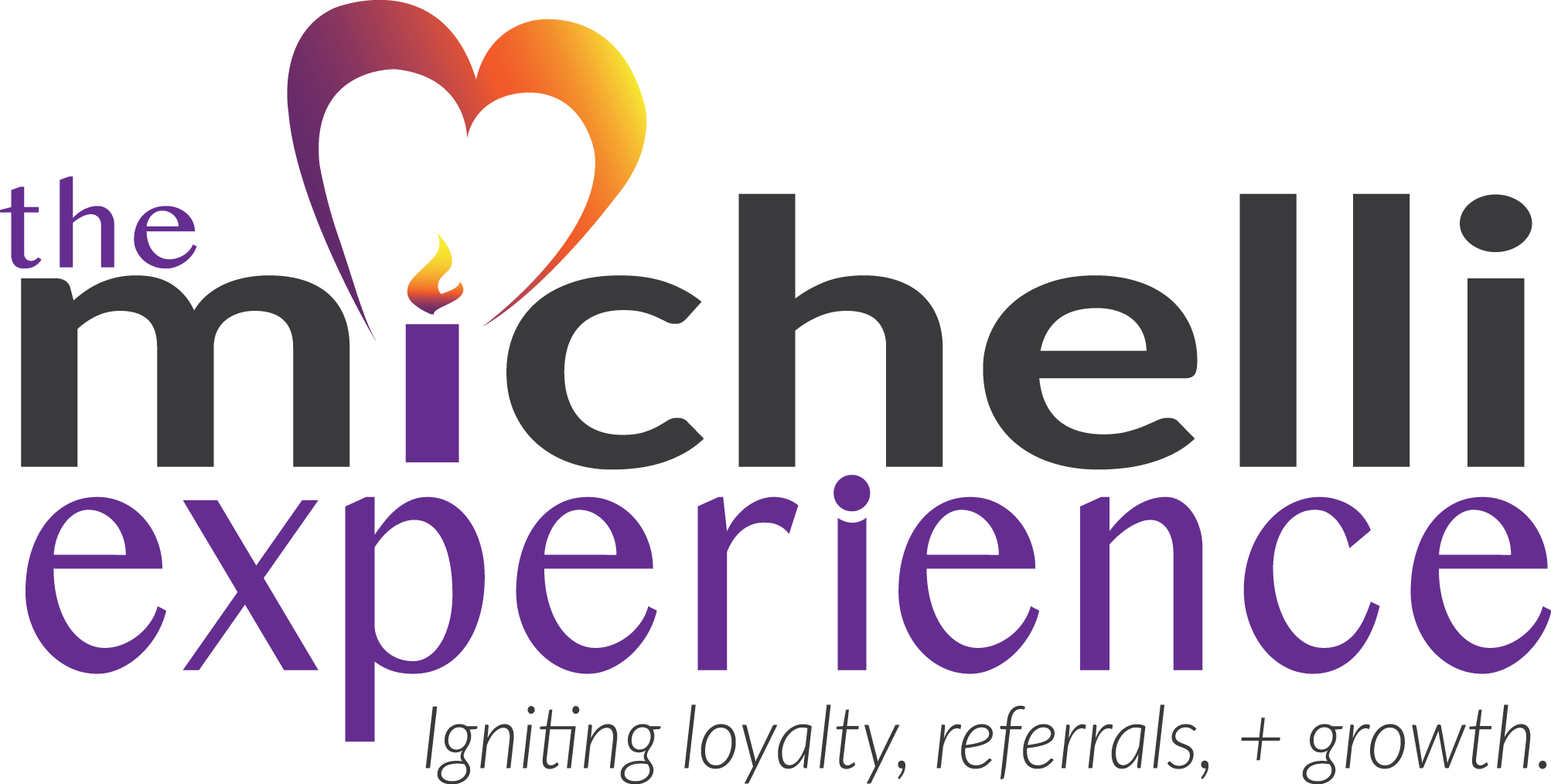I’m on the road this week working with clients in the Pacific Northwest and Canada on the cusp of the launch of my new book The Airbnb Way.
(By the way, time is running out to receive a special pre-order offer on The Airbnb Way. You’ll need to order by October 6th to receive the purchase discount, autographed copy, free U.S. shipping, and invitation to an exclusive webinar designed to help you apply principles that fueled Airbnb’s growth from three air mattresses to a $38 billion valuation in just over a decade. Click here to order and use the code THANKS.)
On this trip, I am working with a solution provider named Smartsheet.
On the company’s website, Smartsheet’s leaders describe their solutions as helping clients, “seamlessly connect and integrate your favorite tools and apps. Get real results faster with proven, pre-built solutions and templates. And rest easy knowing you’re building your business on a platform with enterprise-grade security and control.”
From my perspective, Smartsheet is a silo-busting solution that expedites an extremely important business asset – knowledge flow. As a result of increased knowledge exchange, companies typically demonstrate more agile innovation which in turn fuels customer experience elevation and increased customer value.
I am convinced that NO leader sets out to create a siloed organization; however, organizational silos are highly present, naturally occurring, and self-perpetuating. Writing for the USA Today Network Gail Sessoms describes the evolution of organizational silos this way:
Silos form when employees develop more loyalty to a group than to the employer. As silos solidify, members become more insular and distrustful of other employees or departments. Once trust disappears, it becomes increasingly difficult for groups to work together…Companies can create environments that allow silos to grow and flourish. Lack of direction from the top regarding regular meetings and formal communication gives tacit permission for employees to form silos.
When it comes to combatting silos, Vijay Govindarajan (a distinguished professor of Management at Dartmouth’s Tuck School of Business) believes leaders must drive robust, customer-centric agendas designed to foster innovative change. Writing in the Harvard Business Review, Professor Govindarajan noted, “Companies don’t change because they want to. They change because they are forced to by customers, by competition, by advances in science and technology, and by government regulation. Only when change is being forced upon the enterprise will people seek, give, and accept help.” As such, it is incumbent on leaders to drive ease of information flow, cross-functional team behavior, and laser-focused attention to customer value.
I recently wrote an article for Forbes, which outlines key factors that collaborative teams should consider when they seek to innovate and drive customer value. Leveraging Airbnb as an example, I highlight convenience, personalization, and personal care as prime targets.
I would love to hear your efforts to breakdown silos in your organization, as well as your approach to creating collaborative innovation directed toward customer convenience, personalization, and personal care. Simply reach out to me here.
Also, don’t forget to pre-order The Airbnb Way and use the code THANKS by October 6th!

Joseph A. Michelli, Ph.D. is a professional speaker and chief experience officer at The Michelli Experience. A New York Times #1 bestselling author, Dr. Michelli and his team consult with some of the world’s best customer experience companies.
Follow on Twitter: @josephmichelli



